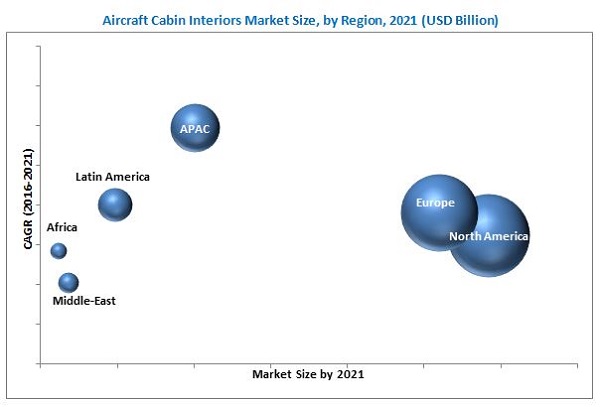The report "C4ISR Market
by Platform (Land, Naval, Airborne) Application (Command & Control,
Communications, Computers, ISR, EW) Component (Networking Technologies,
Communication Networks, Display Consoles, Software, EW Hardware) and
Region - Forecast to 2021", The command, control,
communications, computers, intelligence, surveillance &
reconnaissance (C4ISR) market is estimated to be valued at USD 93.80
Billion in 2016, and is projected to reach USD 110.78 Billion by 2021,
at a CAGR of 3.38% from 2016 to 2021. Increasing amount of data
generated across C4ISR industry, along with growing demand for market
and competitive intelligence, are the factors driving the growth of the
C4ISR market.
• Ask for Customization :-
Browse 89 market data Tables and 83 Figures spread through 203 Pages and in-depth TOC on "C4ISR Market - Forecast to 2021"
http://www.marketsandmarkets.com/Market-Reports/c4isr-market-1315.html
Early buyers will receive 10% customization on reports.
http://www.marketsandmarkets.com/Market-Reports/c4isr-market-1315.html
Early buyers will receive 10% customization on reports.
Land segment is anticipated to account for the largest market share
Land platform segment is projected to have the
highest market share of C4ISR market, by platform. C4ISR systems for
land forces include weapon systems, tools, and systems for force
protection. Land-based systems integrate and interact with airborne and
naval systems, which provide new possibilities to enhance tactical
capabilities. All major companies are strongly focusing on
communications part of C4ISR programs particularly for land
applications. This enables communication for land operations; from
soldier systems to battle group systems, from voice to data and image -
wireless and wired, and also broadband communication capabilities via
satellite. It also provides customer adapted systems with
interoperability to other systems.
The communication network segment is projected to grow at the highest CAGR
The communication network segment of the C4ISR
market, by component is anticipated to grow at the highest CAGR during
the forecast period. Communication networks help connect among various
components in the system. Various devices can be used for wired and
wireless communication network such as fiber optics cables and
satellite-based devices. The communication networks segment is expected
to witness significant growth in near future owing to the various
advancements in cyber security, wired, and wireless technologies.
Asia-Pacific region to witness highest CAGR in C4ISR market
The Asia-Pacific region is expected to experience
extensive growth opportunities in the next few years. The increase in
defense spending among countries in the APAC region has increased
opportunities for C4ISR applications. The rise in conflicts among
neighboring countries in the APAC region and the threats from growing
terrorism in the region are reasons driving this market in the APAC
region. With geopolitical tensions in South China Sea and border issues
in multiple countries, procurement of C4ISR systems will increase across
the region.
Key players profiled in the C4ISR market report
include Lockheed Martin Corporation (U.S.), Raytheon Company (U.S.),
Rockwell Collins, Inc. (U.S.), BAE Systems (U.K.), and Northrop Grumman
Corporation (U.S.), among others.












